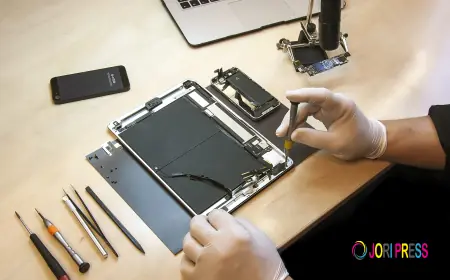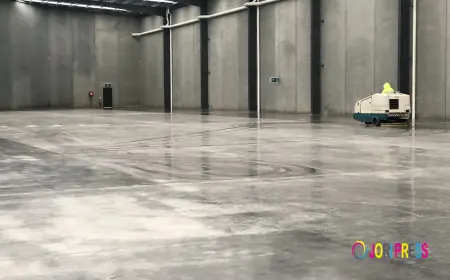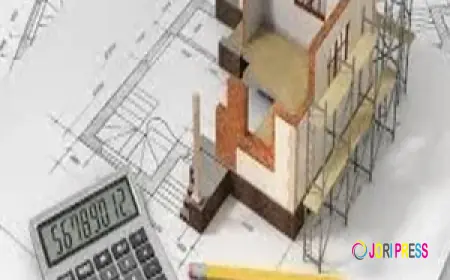How to Improve Coordination between MEP Disciplines Using BIM
By working in a shared digital environment, MEP engineers can eliminate traditional silos, enabling better communication and coordination throughout a project.

In modern construction projects, seamless coordination between Mechanical, Electrical, and Plumbing (MEP) systems is critical to delivering efficient, cost-effective, and clash-free buildings. Traditional design methods often led to misalignments, delays, and costly rework. Building Information Modeling (BIM) has emerged as a transformative approach to solving these challenges.
This article explores how BIM enhances MEP coordination and outlines practical strategies to improve collaboration across disciplines in real-world projects.
What is BIM in the Context of MEP Design?
Building Information Modeling (BIM) is a digital representation of a facility’s physical and functional characteristics. In MEP design, BIM goes far beyond 3D modeling. It enables:
- Early clash detection
- Real-time collaboration
- Intelligent, data-driven modeling
- Integration across the entire building lifecycle
By working in a shared digital environment, MEP engineers can eliminate traditional silos, enabling better communication and coordination throughout a project.
The Impact of Poor MEP Coordination
When MEP systems are designed independently or with minimal coordination, various issues can arise, including:
- Ductwork clashing with structural elements
- Inadequate ceiling space for all services
- Overlapping routes for electrical conduits and plumbing
- On-site rework due to late-stage conflict discovery
These problems often lead to construction delays, budget overruns, and reduced system performance. Addressing them early through coordinated BIM workflows can significantly reduce risk.
Key Benefits of BIM for MEP Coordination
1. Early Clash Detection
using software such as Revit or Navisworks, teams can identify spatial conflicts between systems during the design phase, avoiding costly changes later on.
2. Real-Time Collaboration
Cloud-based platforms such as Autodesk Construction Cloud allow all disciplines to access and update the model simultaneously, reducing miscommunication.
3. Accurate Quantity Takeoffs and Estimation
Data-rich BIM models support precise quantity extractions, improving cost control and reducing waste.
4. Improved Workflow and Communication
BIM enables integrated project delivery by making changes visible across disciplines immediately, facilitating faster, and more informed decision-making.
Strategies to Improve MEP Coordination with BIM
1. Use a Federated Model from the Start
A federated model combines architectural, structural, and MEP models into a single environment. This allows for full-system visualization and early clash detection.
2. Develop a BIM Execution Plan (BEP)
A BEP defines how BIM will be used throughout the project. It includes modeling responsibilities, standards, data requirements, and coordination processes. A clear BEP sets the foundation for successful collaboration.
3. Appoint a BIM Coordinator or Manager
A dedicated BIM Coordinator oversees model integration, file versioning, and coordination meetings. This role ensures consistency and accountability across all stakeholders.
4. Conduct Regular Coordination Meetings
Hold weekly or biweekly coordination meetings to review models, detect clashes, and assign resolutions. Using tools like Navisworks or BIM Track enhances issue tracking and follow-up.
5. Establish Clear Modeling Standards
Define project-wide standards for file naming, object classification, geometry, and annotation. Consistency in modeling leads to better integration and easier clash resolution.
6. Utilize Cloud Collaboration Platforms
Cloud-based tools offer real-time access to models, issue tracking, and collaborative markups. This ensures that design teams, contractors, and consultants stay aligned throughout the project lifecycle.
7. Define Clash Detection Tolerances
Set clear thresholds for what constitutes a clash. For example, a 5mm overlap may be acceptable in some cases but critical in others. Agreeing on rules avoids unnecessary conflict reports and improves model accuracy.
Avoid Overmodeling
Only model to the necessary level of detail required at each project stage. Overmodeling can slow down coordination, increase file size, and reduce clarity. Use the appropriate Level of Development (LOD)—such as LOD 300 for design coordination and LOD 400 for construction detailing.
Real-World Application: Hospital MEP Design Case Study
In a recent healthcare project, early adoption of BIM allowed the design team to identify and resolve more than 150 major clashes before construction began. Weekly coordination reviews and consistent model updates resulted in an estimated cost saving of $250,000 in avoided rework and delays.
Conclusion
BIM is not just a tool—it’s a collaborative process that reshapes how MEP systems are designed and coordinated. When implemented correctly by experts like S3DA Design Firm, it reduces errors, enhances interdisciplinary collaboration, and improves overall project outcomes. The key to successful MEP coordination lies in starting early, setting clear standards, and maintaining active communication throughout the design and construction phases.
What's Your Reaction?
 Like
0
Like
0
 Dislike
0
Dislike
0
 Love
0
Love
0
 Funny
0
Funny
0
 Angry
0
Angry
0
 Sad
0
Sad
0
 Wow
0
Wow
0



















































